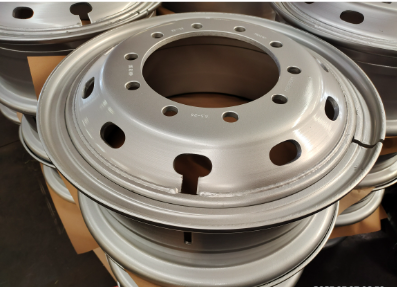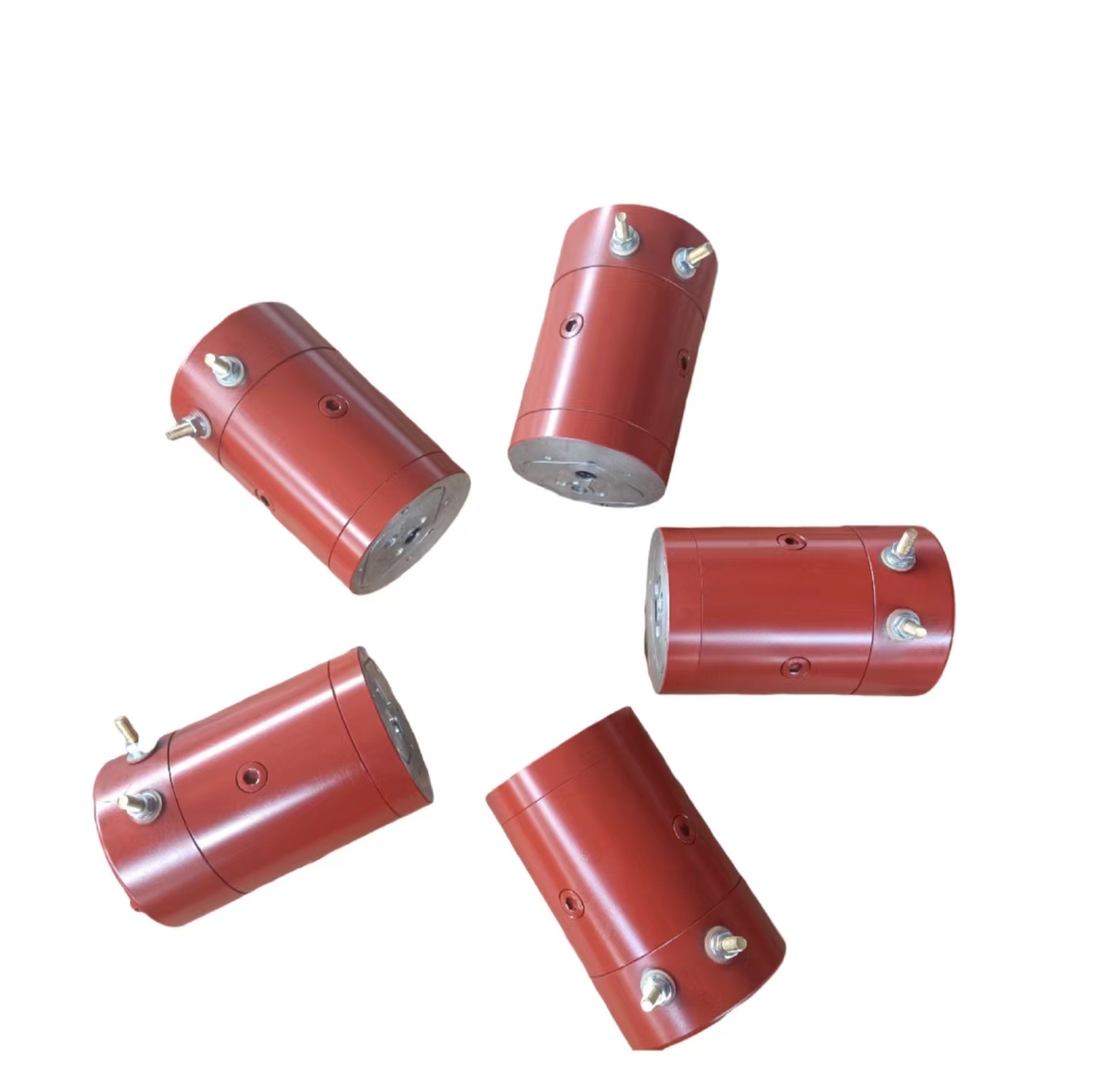Anti-counterfeiting fluorescent pigments appear colorless when illuminated by general visible light. When illuminated by 365/254 nanometer ultraviolet lamps, they appear in red, yellow, green, blue and other luminescent colors .

Classification #
There is currently no recognized method for classifying pigments. The reason is that there are many types of pigments, their chemical compositions vary greatly, and they have many uses. Therefore, any classification method is not ideal.
The more common classification method is to divide pigments into inorganic pigments and organic pigments according to their chemical composition . In terms of performance, inorganic pigments have good light and heat resistance and strong hiding power, but the chromatogram is not very complete, the tinting power is low, the color brightness is poor, and some metal salts and oxides are highly toxic. Organic pigments have diverse structures, complete chromatograms, bright and pure colors, and strong tinting power. However, they have poor light resistance, weather resistance, and chemical stability, and are relatively expensive.
Fluorescent pigments are divided into inorganic fluorescent pigments (such as those used in fluorescent lamps and anti-counterfeiting fluorescent inks ) and organic fluorescent pigments (also known as daylight fluorescent pigments): only substances with some specific chemical structures will have fluorescent properties. These fluorescent colorants themselves often have inherent deficiencies in light resistance, solvent resistance and other properties. One way to overcome these inherent shortcomings is to fuse them into the framework of polymer materials through chemical or physical methods and then further process them into pigments. The polymer material used for this purpose not only acts as a solvent for the fluorescent colorant, but also provides protection for the fluorescent colorant, thus giving the fluorescent colorant better light resistance and solvent resistance.
Ingredient structure #
Fluorescent dyes #
Fluorescent dyes are compounds with special structures. Their structural characteristics mainly include the following three points:
(1) The molecule contains groups that emit fluorescence , such as carbonyl groups , nitrogen-nitrogen double bonds, carbon-nitrogen double bonds, etc.
(2). Contains auxiliary . Auxiliary groups shift the spectrum red and increase fluorescence efficiency, such as primary amine groups, secondary amine groups, hydroxyl groups, ether bonds, amide groups, etc.
(3) The molecule contains conjugated π bonds with a rigid planar structure. The larger the intramolecular conjugated system, the stronger the planarity, and the higher the fluorescence intensity. Some factors that can increase the degree of conjugation can increase fluorescence efficiency and shift the fluorescence wavelength toward longer wavelengths.
carrier resin #
It is the attachment of fluorescent dyes . Its main function is to help fluorescent dyes develop color, improve the compatibility between fluorescent dyes and downstream resins , and protect the performance of fluorescent dyes. Usually the carrier resin is a highly polar resin. The molecule contains strong polar groups such as amine groups, hydroxyl groups, ether bonds, and amide groups . On the one hand, it can help color and increase fluorescence efficiency; on the other hand, it has good interaction with fluorescent dyes. The miscibility helps the dye to be dispersed evenly.
Commonly used carrier resins for fluorescent pigments include amine resin, benzinated melamine- formaldehyde resin , polyacrylate resin , polyamide resin, polyester resin , polyurethane resin, etc.
Auxiliary #
It mainly includes wetting and dispersing agents , light stabilizers, antioxidants, etc. Wetting and dispersing agents improve the surface properties of fluorescent pigments, improve the compatibility between fluorescent pigments and base materials, and improve the processing properties of fluorescent pigments; light stabilizers provide long-lasting stability and prevent fluorescent pigments from fading.
1. Classification according to the properties of carrier resin
(1) Thermoplastic fluorescent pigment: linear
(2) Thermosetting fluorescent pigment: body shape
(3), soluble color essence fluorescent pigment
(4) Water-emulsion fluorescent pigment
2. Classification according to carrier resin category
(1), Amino resin
(2), polyamide resin
(3), polyester resin
(4), acrylic emulsion
3. Classification according to application fields
(1), plastics
Low temperature type
Medium temperature type
High temperature type
(2) Coatings
Water-based paint
Oil-based paint
powder coating
4. Classification according to environmental protection indicators
(1), containing formaldehyde
(2), does not contain formaldehyde
Application areas #
Fluorescent pigments have excellent performance in coloring plastics, sol, paper products, color pastes, inks, paints, coatings, masterbatch, chemical fibers, textiles, etc.
Under natural conditions, as well as under light conditions such as dawn, dusk, foggy climate, and projection, fluorescent gloss has far better visibility than traditional gloss, and can attract attention earlier and faster, grasp this This creates a longer attention span and greatly increases the chance that people will come back for a second, or even a third look. These characteristics of fluorescent pigments have led to growing commercial interest and their use in an increasingly wide range of commercial applications.
The earliest and most widespread commercial application of fluorescent pigments is in various types of advertising. From advertising signs inside and outside stores to huge advertisements beside highways; from various product packaging to various magazine covers and advertising inserts, and so on. With the development of commodity economy and science and technology today, fluorescent pigments and their properties have been widely used in more fields. For example, in terms of safety markings: fire-fighting and ambulance vehicles, rescue facilities and equipment, construction sites, dangerous equipment, other industrial equipment and places, traffic markings, clothing of traffic workers, clothing of forestry workers and hunters, etc.
In the fields of automation and high technology, fluorescent pigments are also used for optical identification. For example, coding, tracking and sorting documents, mail rescue, etc. Dazzling fluorescent colors are increasingly used in almost every other field where color is used. For example, various children’s utensils and toys, modern art, arts and crafts, fashion, etc.
1. Application in plastic products
The main methods of use in plastic products include: injection molding, extrusion, blow molding, kneading, etc.
The main principle is to melt and disperse (dissolve) thermoplastic fluorescent pigments in plastic products at high temperatures.
The fluorescence of the product is related to the fluorescence of the fluorescent pigment itself , the compatibility of the fluorescent pigment with the plastic product, the temperature and time of the operating process and other factors.
2. Application in coatings, paints, inks, and color pastes
How to use thermosetting fluorescent pigments: According to the production formula of coatings, paints, inks, and color pastes, add fluorescent pigments and other materials into a high-speed dispersing kettle for high-speed dispersion. It is best to perform sand grinding (or three-roll grinding) . After dispersing (sanding), paint (or ink ) can be adjusted . Finally filter and package.
Comparative difference #
What is the difference between dyes and pigments
The average particle size is an important indicator reflecting the size of fluorescent pigment particles, and the unit is um. The finer the particle size, the easier it is for the product to disperse, melt and be incorporated into downstream products.
Pigments are colored substances that are usually mixed with the colored substances, mainly inorganic compounds; dyes are colored substances that can be attached to various fibers and other materials directly or through the action of mordants . It can be combined with dyed substances, mostly organic compounds.
Pigments cannot be colored, but dyes can. The difference between pigments and dyes Pigment is a fine powdery colored substance that is generally insoluble in water, oil and solvents, but can be evenly dispersed in them. Pigments are the secondary film-forming substances of paints. They are often used in the preparation of primer, putty and wood coloring during the wood decoration process .
Dyes are divided into the following categories according to their application properties:
1. Direct dyes 2. Acid dyes 3. Disperse dyes 4. Reactive dyes 5. Vat dyes 6. Cationic dyes
7. Ice dye 8. Condensation dye
In addition, there are oxidation dyes , sulfur dyes , etc.
The temperature at which thermoplastic resin changes from a solid state to an adhesive state is called the softening point . If the softening point is too low, the product will easily agglomerate; if the softening point is too high, the injection molding temperature must be increased, otherwise the pigment will be difficult to melt and disperse.















